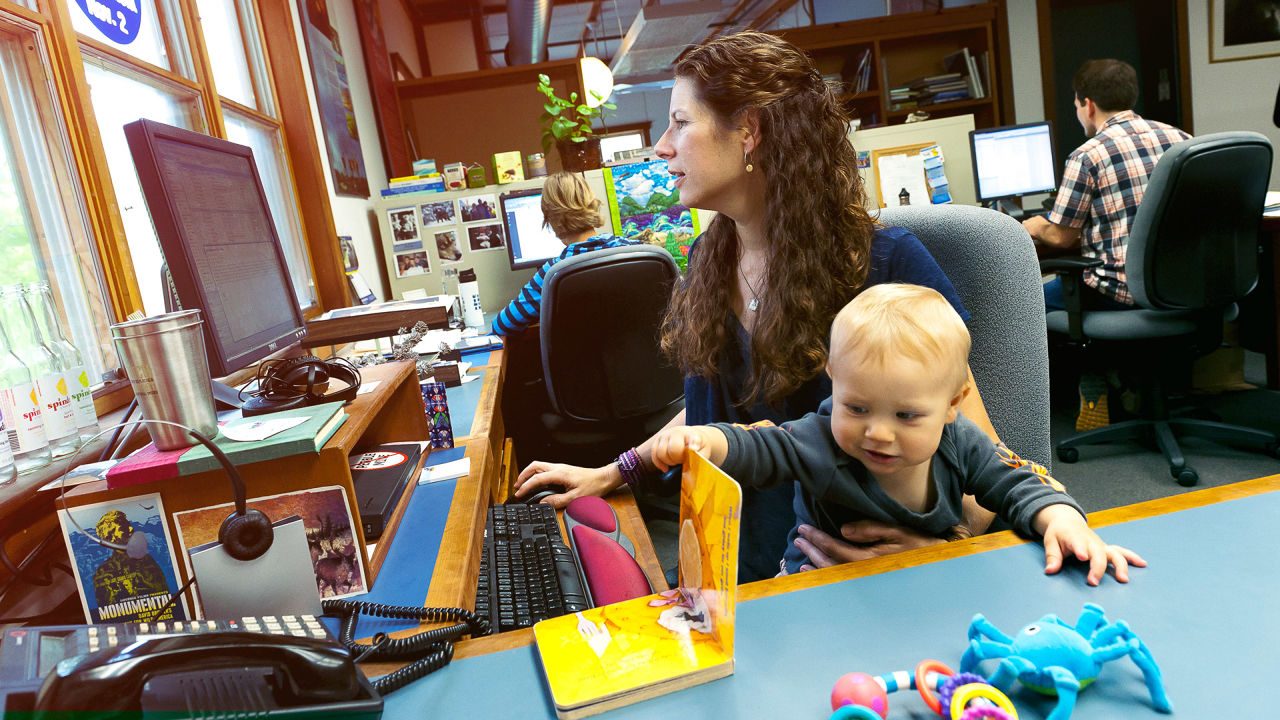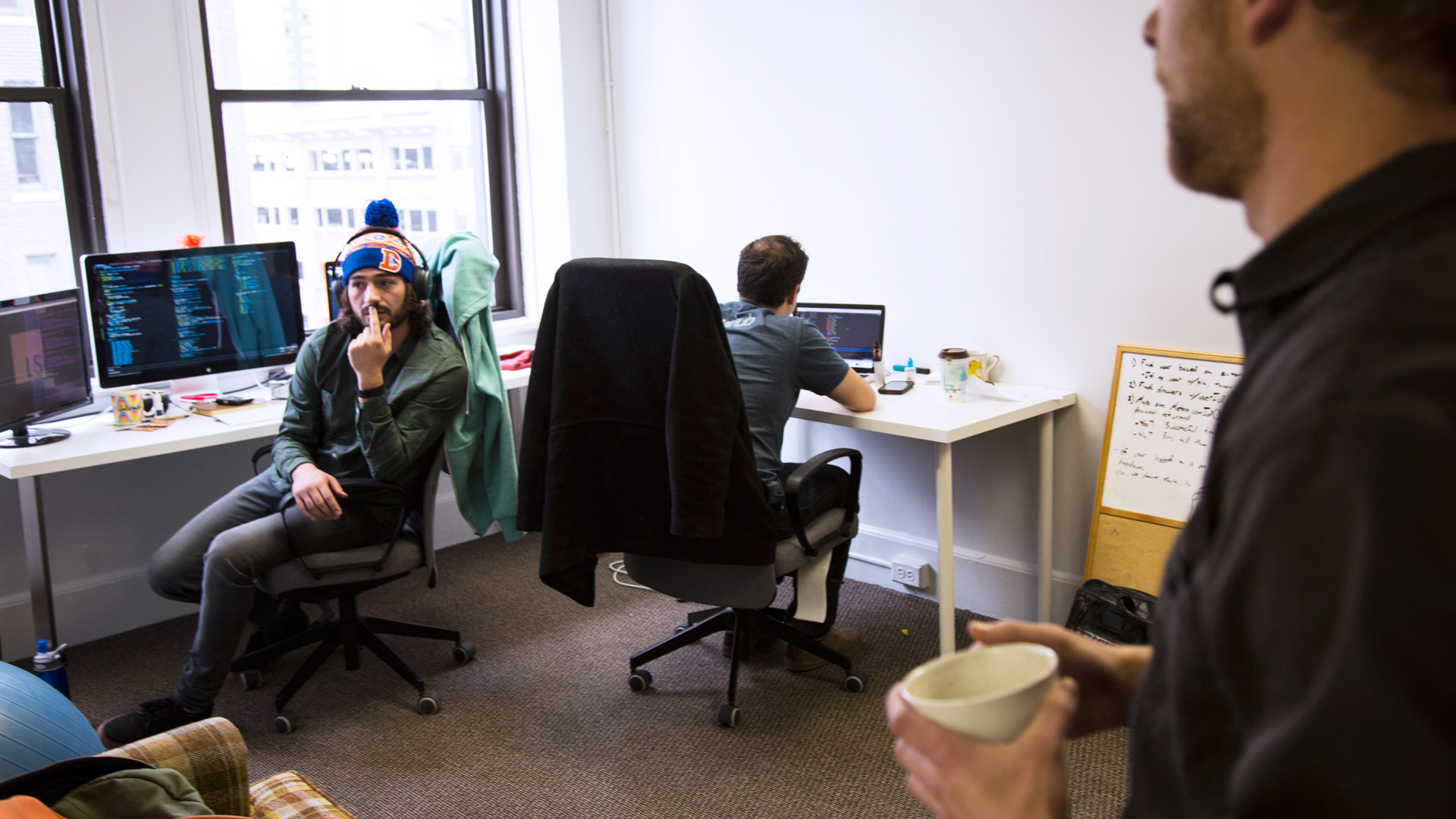#Leadership : 5 Steps To Harness Your Brain’s Unconscious Decision-Making Powers…Yes, “Sleeping On It” Actually Works. Here’s How to Make it Work even better.
Probably, you have. If “sleeping on it” works, it’s partly because when you sleep, your prefrontal cortex—the center of what makes you, you—powers down. That means your personality, your decisions, your social controls go to sleep with you. The night is when your unconscious really does have free rein. It can do its work without interference. Here’s how that process works and what you can do to leverage it when you’ve got tough decisions waiting on you in the morning.
HOW YOUR BRAIN SOLVES PROBLEMS WITHOUT YOU
While our conscious mind rests, our unconscious is busy making sense of the day’s events and filing them away in long-term memory. And if there are any problems on your mind, your unconscious will work on those, too. And it’s true, as Graham Bell pointed out, that a problem can seem insurmountable when you go to bed, but then when you wake up, it doesn’t seem so daunting. Here’s the part of his quote that precedes the one above:
I am a believer in unconscious cerebration. The brain is working all the time, though we do not know it. At night, it follows up what we think in the daytime. When I have worked a long time on one thing, I make it a point to bring all the facts regarding it together before I retire; and I have often been surprised at the results.
If your unconscious is aware that your conscious mind has been working hard on a problem, come nighttime, it will put its full processing power behind it. But the outcome of that process depends on a couple of things: first, your conscious mind needs to have been working hard on the problem, and second, you need to passionately require an answer in order to get your unconscious to work on it. It’s like the classic children’s fairytale “The Elves and the Shoemaker,” where the penniless shoemaker lays out his last piece of cloth, and the elves come in the night and turn it into a beautiful pair of shoes.
Sometimes the solution to a problem, or at least the direction you need to take, will be revealed to you in the morning; sometimes even in your dreams. (Either way, make a note of any thoughts you have as soon as you wake up, otherwise they may fade away.) If you can remember your dreams, then you can see the unconscious at work already. And our dreams, even though we have no control over them, are very good at solving our problems.
Like this Article ? Share It ! You now can easily enjoy/follow/share Today our Award Winning Articles/Blogs with Now Over 2.5 Million Growing Participates Worldwide in our various Social Media formats below:
FSC LinkedIn Network: (Over 15K+ Members & Growing !) www.linkedin.com/in/frankfsc/en
Facebook: (over 12K) http://www.facebook.com/pages/First-Sun-Consulting-LLC-Outplacement-Services/213542315355343?sk=wall
- Google+: (over 800K)https://plus.google.com/115673713231115398101/posts?hl=en
- Twitter: Follow us @ firstsunllc
educate/collaborate/network….Look forward to your Participation !
Continue of article:
This is because when we’re dreaming, our minds are in the REM state, which has been found to be highly conducive to fluid reasoning and flexible thought. In a 2002 study, researchers tested participants’ ability to solve anagram puzzles when they were awoken from a deep REM (dream) sleep, compared with when they were roused from a normal, lighter doze. Those woken up from REM sleep proved 32% better at solving anagrams.
SETTING GOALS FOR YOUR UNCONSCIOUS MIND
There is a way to help your unconscious work for you: Set it a challenge. Say, for instance, you’re unhappy in your job and don’t know whether to leave or not. When you think about it in the daytime, your conscious mind is beset with different opinions and emotions on the subject. It’s like sitting around a table with 20 friends debating the subject. They all genuinely want to help, but their different opinions just make it all a bit overwhelming.
If you set the problem for your unconscious to work on, though, it has access to all the facts and relevant information and can work through it more calmly. Try these five steps:
1. Before you go to bed, spend 30 minutes thinking in a relaxed way about the problem or issue.
2. Then, when you get into bed, actually write down the problem and ask the question out loud to yourself. Also give it a deadline. Too much pressure creates stress; you don’t want to be lying awake thinking about the problem—that will just send it round and round in your conscious mind and won’t be helpful at all. But a little bit of gentle pressure can help, so set a time that you want to nail down the answer. You might say out loud and write down, “I am unhappy in my job and want to know what I should do. I would like an answer by 7:00 in the morning when I wake up.”
3. When you wake up, write down any immediate thoughts or insightful dreams you can remember. But don’t worry if the answer doesn’t seem obvious. It isn’t like ordering room service and expecting exactly what you requested to arrive, exactly when you asked it to—be patient. Take a shower, which can be a very productive place for unconscious ideas to bubble up.
4. Next, make yourself a tea or coffee and sit down in a comfortable chair with a pen and a pad of paper. For half an hour, just write. Don’t think too much about what you’re writing or if it makes any sense. Just get your thoughts down on paper.
5. After you’ve read back what you’ve written, let the council of your conscious mind debate it.
You may not have a tidy solution staring you in the face, but you may be surprised how much clearer things are after a good night’s sleep. At the very least, chances are you’ll be a lot closer to a decision you’re comfortable with than you were when you went to bed.
This is an edited excerpt published with permission of the publisher, Capstone, a Wiley brand, from Brainhack: Tips and Tricks to Unleash Your Brain’s Full Potential by Neil Pavitt. Copyright (c) 2016 by Neil Pavitt. All rights reserved. This book is available at all booksellers.
FastCompany.com | NEIL PAVITT 09.26.16 5:00 AM











